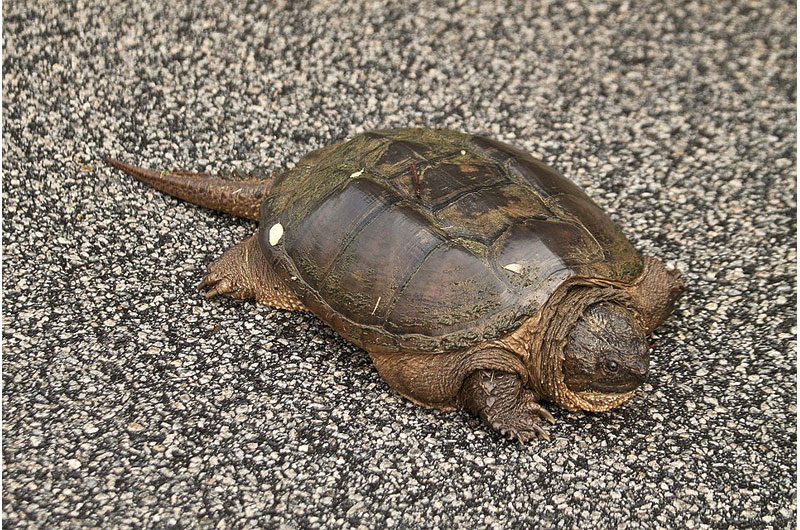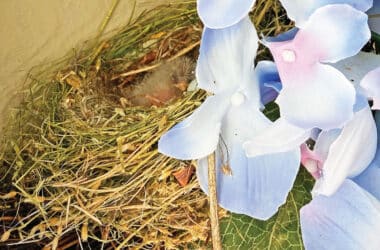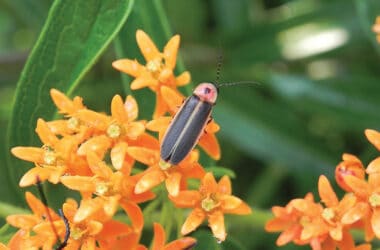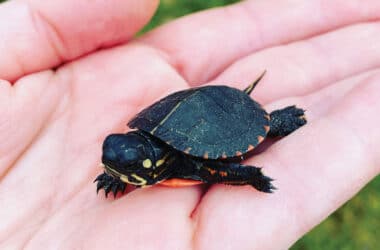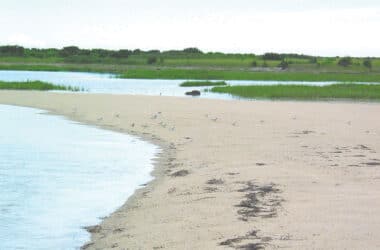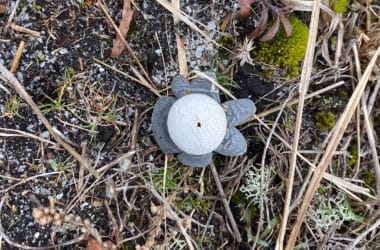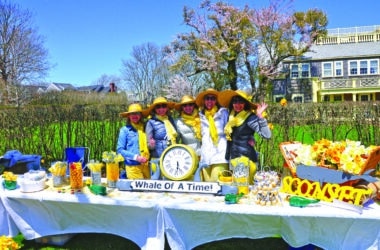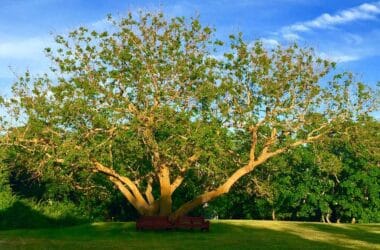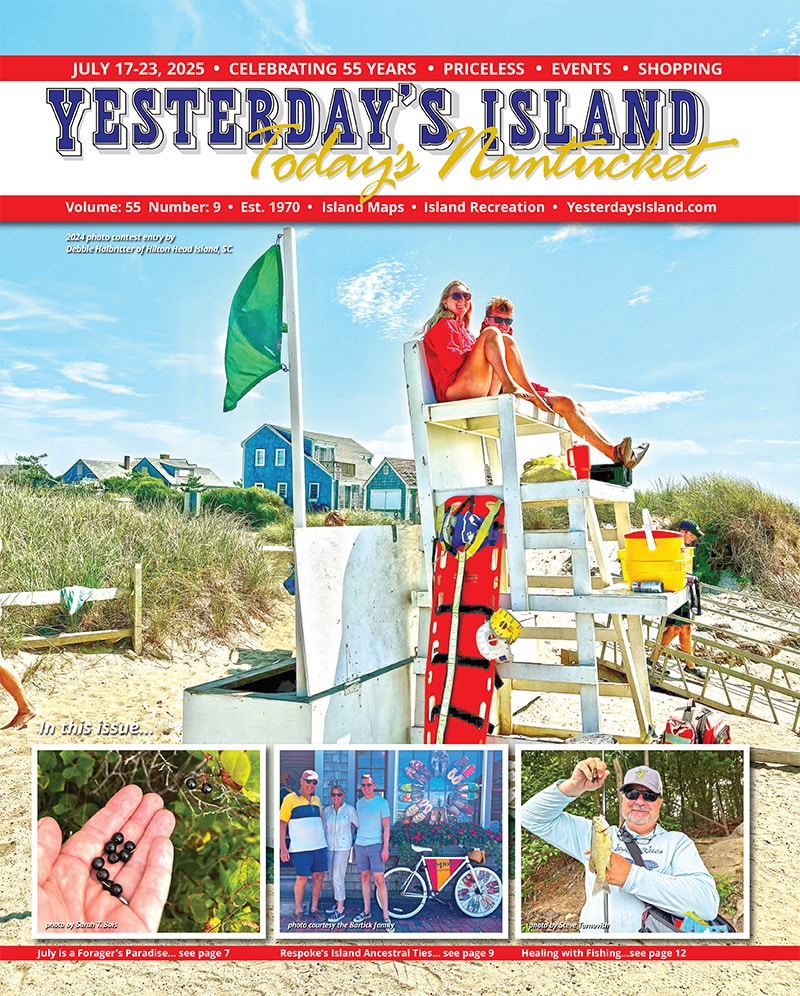The latest avian flu has been detected on Nantucket and is now spreading to multiple species of wild birds. A local task force is keeping tabs on the situation and new local research is hoping to shed light on the situation.
Tag: Dr. Sarah Treanor Bois
Help Team Turtle on Nantucket
Did you know that the ancestors of our Nantucket snapping turtles existed more than 40 million years ago?! These prehistoric-looking creatures are top predators in many aquatic systems and an important part of the present-day Nantucket ecosystem. Unfortunately, we may be “loving” them a little too much. Feeding practices, turtle handling, and otherwise harassing these wild animals has reached a fever pitch the past few years and local conservation and wildlife groups are hoping to do something about it.
Best to Let Them Be
It’s baby bird season, and it has been a busy one so far. It’s a good time to revisit what to do when you have an encounter with a nest or baby bird and how you can best help these vulnerable little ones. At the Linda Loring Nature Foundation we frequently get calls about what to do when a bird “falls out of the nest” or the mother “abandons” the nest.
Paradise for Fireflies
Early last week on one of the warmer June evenings, I was in my backyard watering the garden. As the hose sprayed my small raised bed full of hope (I am a terrible gardener) I noticed a flash in the grassland behind our house. To my surprise, it was a firefly – the first of the season for me. During the week since then, I have been ruminating on how early this seems to me. I don’t typically notice fireflies until mid-summer during backyard BBQs, definitely post-July 4th. But, as we know, one observation isn’t that much data, so I looked into it a little more.
It’s Turtle Season
There are three species of native freshwater turtles on Nantucket (in addition to a few illegally released pets). You can find previous articles about the beloved spotted turtle (Clemmys guttata) or the ubiquitous and prehistoric snapping turtle (Chelydra serpentina). The third turtle species to roam Nantucket’s freshwater and uplands is the common, native eastern painted turtle (Chrysemys picta picta). The painted turtle is the most widespread native turtle of North America and they are fairly abundant throughout their range (coast to coast through the northern US and southern Canada, south to the Gulf of Mexico from Louisiana to southwestern Alabama).
Science Showcase for Nantucket
For many people on Nantucket—visitors and year-rounders—when asked why they love the island, they answer by talking about the natural beauty, open spaces, and bountiful moorlands. The historic charm of our downtown may be enough for some, but it’s escaping the hustle and bustle of town and getting into the open conservation lands that really enchants people.
Nature’s Barometer
Spring on Nantucket; one day you’re frolicking in the sunshine wearing short sleeves and planning your summer garden, and the next day you’re wearing a wooly cap and down jacket to go to the grocery store. Depending on when you read this, the pendulum could be swinging in either direction. Whatever the weather, it’s always a good time to get out for a nature exploration—just make sure to dress in layers.
Flowering Festivals Are Blooming Early
When the Nantucket Daffodil Festival began in 1975, organizers were looking for a way to celebrate spring and bring some life into the island’s shoulder seasons. That first festival was held on May 2nd. In 1980, the Nantucket Daffodil Festival moved to the last weekend in April, where it has remained ever since.
Season Creep
Many of us have been enjoying the mild autumn we’ve had on Nantucket this year with end-of-summer temperatures lingering well into the end of September. Forget “sweater weather”: it’s been more like shorts and t-shirts into October. Even now, in mid-November, we’ve had some 60-degree days and only recently had our first frost. It’s enough to think autumn has moved into winter’s territory.


